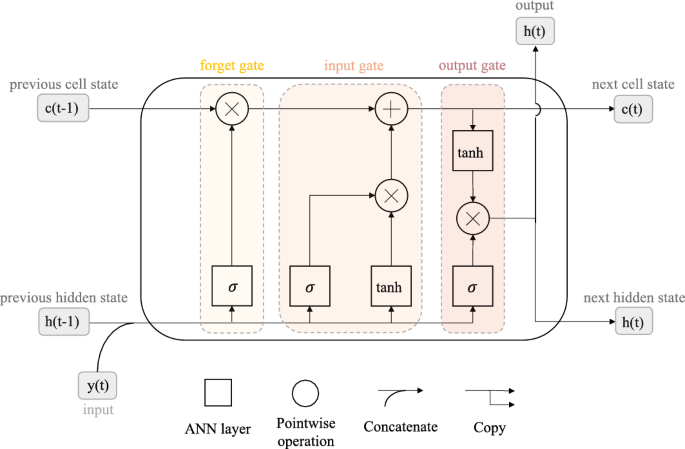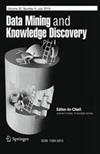多输入神经网络时间序列预测结合历史和未来的背景
IF 2.8
3区 计算机科学
Q2 COMPUTER SCIENCE, ARTIFICIAL INTELLIGENCE
引用次数: 0
摘要
个体和社会系统都是开放的系统,不断受到其情境的影响。近年来,上下文源越来越多地应用于不同的领域,以帮助对系统行为进行短期和长期预测。然而,现有的研究通常忽略了预期背景的作用,例如日历规划或天气预报。这项工作提出了一种多输入神经结构,由长短期记忆单元或时间卷积网络的顺序组成,能够结合情景背景的历史和未来来源,以帮助时间序列预测任务。考虑到城市案例研究,我们进一步评估了不同来源的外部环境对医疗紧急情况和流动性预测的影响。结果表明,结合外部环境变量,包括日历和天气变量,可以显著减少对最先进的预报员的预测误差。特别是,在相关工作中通常被忽视的前瞻性背景的结合,减轻了沿预测范围的误差增加。本文章由计算机程序翻译,如有差异,请以英文原文为准。

Multiple-input neural networks for time series forecasting incorporating historical and prospective context
Abstract Individual and societal systems are open systems continuously affected by their situational context. In recent years, context sources have been increasingly considered in different domains to aid short and long-term forecasts of systems’ behavior. Nevertheless, available research generally disregards the role of prospective context, such as calendrical planning or weather forecasts. This work proposes a multiple-input neural architecture consisting of a sequential composition of long short-term memory units or temporal convolutional networks able to incorporate both historical and prospective sources of situational context to aid time series forecasting tasks. Considering urban case studies, we further assess the impact that different sources of external context have on medical emergency and mobility forecasts. Results show that the incorporation of external context variables, including calendrical and weather variables, can significantly reduce forecasting errors against state-of-the-art forecasters. In particular, the incorporation of prospective context, generally neglected in related work, mitigates error increases along the forecasting horizon.
求助全文
通过发布文献求助,成功后即可免费获取论文全文。
去求助
来源期刊

Data Mining and Knowledge Discovery
工程技术-计算机:人工智能
CiteScore
10.40
自引率
4.20%
发文量
68
审稿时长
10 months
期刊介绍:
Advances in data gathering, storage, and distribution have created a need for computational tools and techniques to aid in data analysis. Data Mining and Knowledge Discovery in Databases (KDD) is a rapidly growing area of research and application that builds on techniques and theories from many fields, including statistics, databases, pattern recognition and learning, data visualization, uncertainty modelling, data warehousing and OLAP, optimization, and high performance computing.
 求助内容:
求助内容: 应助结果提醒方式:
应助结果提醒方式:


